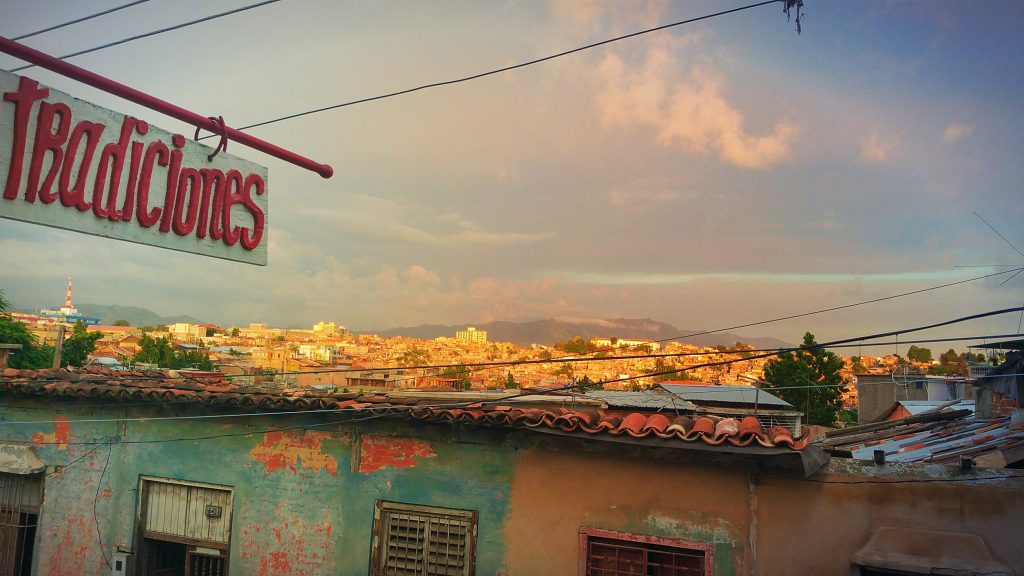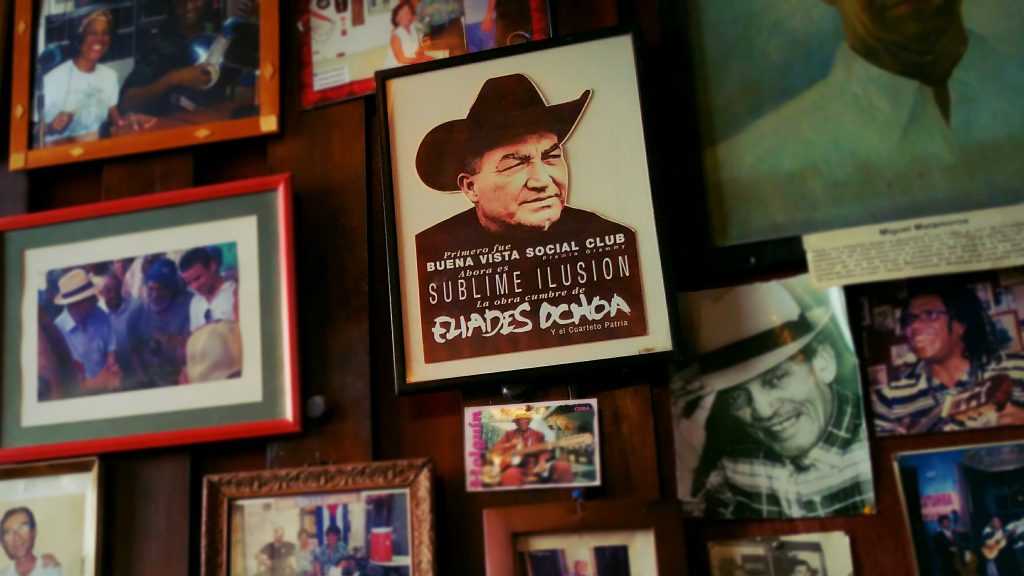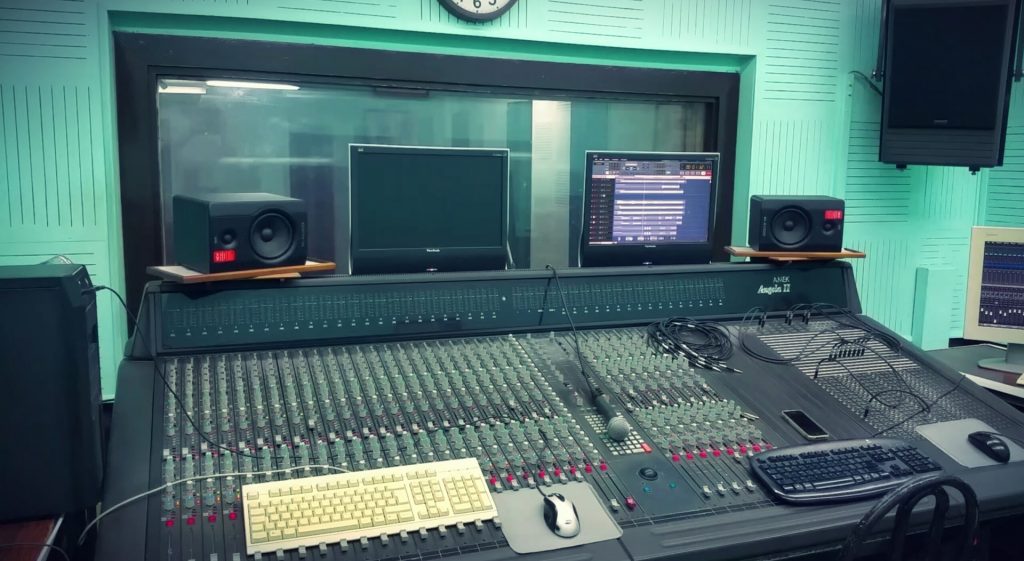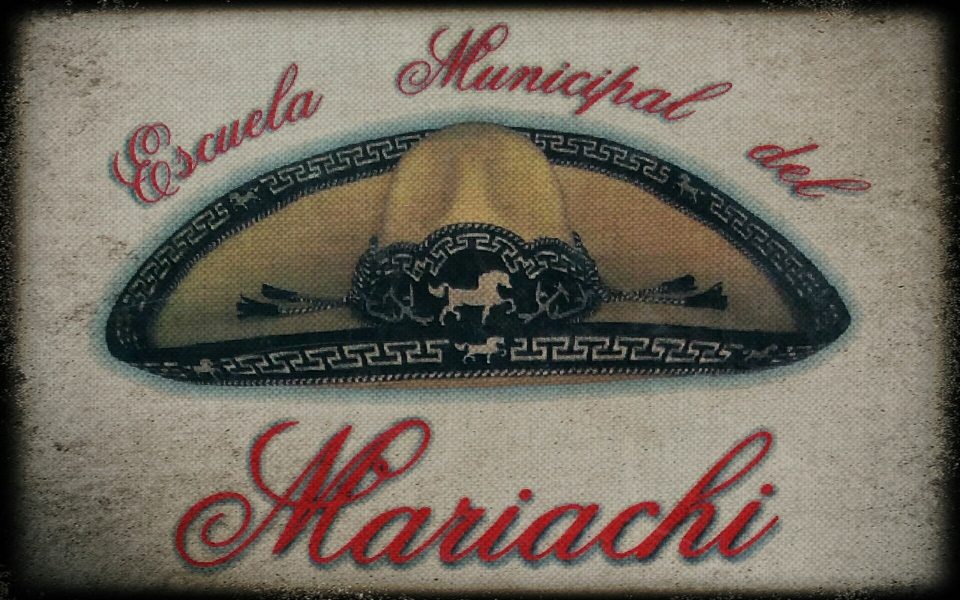The Beatles…in Cuba
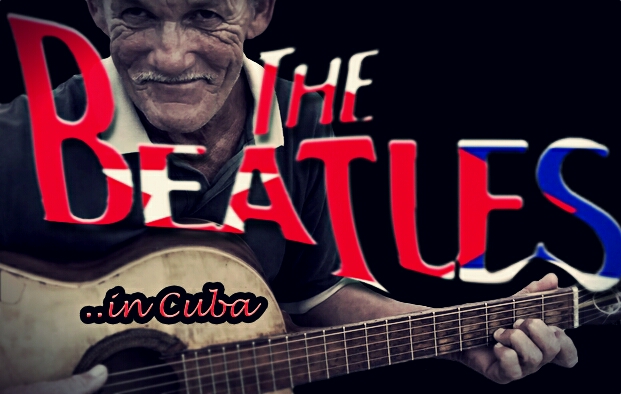
[vc_row][vc_column][vc_column_text]
The Beatles never quite made it to Cuba as a group, but what if they had? How may it have affected their music?
That’s exactly what I wanted to explore with my multi-instrumentalist Cuban guitar mentor and Beatles fanatic, Rudy Daquín. But first, let’s have a look at the special history of the Beatles in Cuba…
[/vc_column_text][vc_separator color=”green”][/vc_column][/vc_row][vc_row][vc_column][vc_custom_heading text=”History of the Beatles in Cuba” font_container=”tag:h1|text_align:center” google_fonts=”font_family:Lobster%3Aregular|font_style:400%20regular%3A400%3Anormal” css=”.vc_custom_1466438119017{margin-top: 0px !important;}”][vc_custom_heading text=”Censorship” font_container=”tag:h2|text_align:center” google_fonts=”font_family:Lobster%3Aregular|font_style:400%20regular%3A400%3Anormal” css=”.vc_custom_1592859152479{margin-top: 0px !important;}”][vc_column_text]
The Beatles music was censored from the radio between 1964-1966, which probably only made this forbidden fruit taste even sweeter. With no radio play, and no formal means of distribution, the Beatles music went underground. Copies of their albums were smuggled in, bootlegged and shared widely.
[/vc_column_text][vc_custom_heading text=”Relaxation & ‘Beatles Monday'” font_container=”tag:h2|text_align:center” google_fonts=”font_family:Lobster%3Aregular|font_style:400%20regular%3A400%3Anormal” css=”.vc_custom_1592859230756{margin-top: 0px !important;}”][vc_row_inner][vc_column_inner width=”1/2″][vc_column_text]
Radio Progreso had begun airing Beatles songs sporadically from 1966, after the radio ban was lifted. But it was Radio Rebelde (Rebel Radio) that created the first regular ‘Beatles Monday’ programme in 1971.¹
During this period, Rudy would have been a young man forming his own style.
[/vc_column_text][/vc_column_inner][vc_column_inner width=”1/2″][vc_single_image image=”2942″ img_size=”full” add_caption=”yes” alignment=”center” onclick=”link_image”][/vc_column_inner][/vc_row_inner][vc_column_text]
One day when we we’re sitting on a bench after practicing, he tells me one of his happiest memories of that era.
Everyone in his block would get together on a Monday night to listen to the Beatles programme. Whoever had the best radio would hang it out of the window and they would all huddle together and listen in the street below.
I watch Rudy staring into the distance and I can see a sparkle in his eye, as he rolls back the years.
[/vc_column_text][vc_custom_heading text=”Conventions, Concerts & Tributes” font_container=”tag:h2|text_align:center” google_fonts=”font_family:Lobster%3Aregular|font_style:400%20regular%3A400%3Anormal” css=”.vc_custom_1592859241364{margin-top: 0px !important;}”][vc_column_text]
One of the most influential proponents of the Beatles music in Cuba has been Ernesto Juan Castellanos.
He was the main organiser of a series of Beatles conventions and tribute concerts in Havana in the late 90s. The events were sponsored by the state’s art and cultural body, UNEAC.²
[/vc_column_text][vc_row_inner][vc_column_inner width=”1/2″][vc_column_text]
Then in December 2000, a statue of John Lennon was inaugurated in ‘John Lennon Park’, Havana, by Fidel Castro. And only months earlier, Paul McCartney had secretly visited Santiago de Cuba.
Now there is a Beatles-themed bar, named Centro Cultural Submarino Amarillo (Yellow Submarine), which lies on the edge of John Lennon Park. John’s statue sits and welcomes anyone who should wish to join him for a chat.
[/vc_column_text][/vc_column_inner][vc_column_inner width=”1/2″][vc_single_image image=”2949″ img_size=”full” add_caption=”yes” alignment=”center” onclick=”link_image”][/vc_column_inner][/vc_row_inner][vc_column_text]
And thus the marriage of the Beatles’ music with Cuba was consummated.
[/vc_column_text][vc_separator color=”green”][/vc_column][/vc_row][vc_row][vc_column][vc_custom_heading text=”He Said They Want Some Revolution” font_container=”tag:h1|text_align:center” google_fonts=”font_family:Lobster%3Aregular|font_style:400%20regular%3A400%3Anormal” css=”.vc_custom_1466394107381{margin-top: 0px !important;}”][vc_custom_heading text=”at Casa de las Tradiciones” font_container=”tag:h2|text_align:center” google_fonts=”font_family:Lobster%3Aregular|font_style:400%20regular%3A400%3Anormal” css=”.vc_custom_1592859304368{margin-top: 0px !important;}”][vc_column_text]
After that first time I played at Casa de las Tradiciones, Alfredo and Rudy invited me back to play every week. But I wondered what to play, having pretty much exhausted all the Spanish-language songs I knew.
Many of the regulars at Casa de las Tradiciones were part of that same generation as Rudy, and share those same special memories. He said they would love to hear some Beatles songs sung live, in English – by a Scouser.
So, we began rehearsing Beatles songs in our practice sessions, as well as continuing to study Cuban genres.
The performances at the Casa went down really well, with many people singing along and coming to talk to me afterwards. I have been made to feel like an honorary member of this tight-knit community.
[/vc_column_text][vc_single_image image=”302″ img_size=”full” add_caption=”yes” alignment=”center” onclick=”link_image”][vc_row_inner][vc_column_inner width=”1/2″][vc_column_text]
After one Sunday session, the host of the pena, Alfredo, invited me to his birthday party on a rooftop terrace. There was a great, extended version of ‘Cuarto de Tula’, with everyone taking turns to change the lyrics to toast his birthday.
The following week, at another after-party, Alfredo sang this modern bolero: ‘Donde Estará mi Primavera’, with Rudy on guitar.
[/vc_column_text][/vc_column_inner][vc_column_inner width=”1/2″][vc_video link=”https://youtu.be/CsZ5sG8WIxE” align=”center”][/vc_column_inner][/vc_row_inner][vc_column_text]
I feel very privileged to have been invited into their circle and had such an intimate insight into their culture.
[/vc_column_text][vc_separator color=”green”][/vc_column][/vc_row][vc_row][vc_column][vc_custom_heading text=”Playing Out & About with Rudy” font_container=”tag:h1|text_align:center” google_fonts=”font_family:Lobster%3Aregular|font_style:400%20regular%3A400%3Anormal” css=”.vc_custom_1466361779615{margin-top: 0px !important;}”][vc_column_text]
Our outdoor practice sessions and performances at the casa had begun to attract people’s attention. Soon, we were receiving invitations to perform elsewhere.
After a performance of ‘And I Love Her’ and ‘Blackbird’, at Casa de las Tradiciones, a gentlemen who runs a pena at Casa del Caribe invited us to play there. That same week, a young artist invited us to play at her exhibition.
We took a couple of day trips together to do these gigs, riding on a [tooltip position=”top” text=”A large truck converted for public transport”]guaguas[/tooltip] and sampling his favourite street food. Rudy has been like a tour guide, a musical mentor and a friend, rolled into one.
We then played at a festival at Tradiciones the next Saturday, followed by the grand Macuba Theatre, just a few blocks from the Casa de las Tradiciones, the next day.
[/vc_column_text][vc_column_text]
Never could I have imagined the journey that Beatles’ songs could have taken me on in Cuba – of all places.
[/vc_column_text][vc_single_image image=”2897″ img_size=”full” add_caption=”yes” alignment=”center” style=”vc_box_border” onclick=”link_image”][vc_separator color=”green”][/vc_column][/vc_row][vc_row top_margin=”0″ bottom_margin=”0″ el_id=”michelle cha cha cha”][vc_column][vc_custom_heading text=”‘Michelle’… as a Chachacha?” font_container=”tag:h1|text_align:center” google_fonts=”font_family:Lobster%3Aregular|font_style:400%20regular%3A400%3Anormal” css=”.vc_custom_1466283690360{margin-top: 0px !important;}”][vc_column_text]
One day, I thought we could try to add more of our own unique stamp to the songs. Rudy’s chachacha style is so funky, I wanted to hear him apply it to the Beatles song, ‘Michelle’.
We take a seat at Balcon de Velazquez for today’s lesson and I introduce the idea to him. He giggles with anticipation and without further ado, dives straight in.
As the song progresses – despite him not actually understanding the English lyrics – there’s something about my rephrasing of them, combined with his rhythm, that tickles us. It all starts getting a bit jazz-handsy – in a good way, of course.
This is the first and only take that exists of this version.
[/vc_column_text][vc_video link=”https://youtu.be/rof0fxHVlCk” align=”center” css=”.vc_custom_1592861687882{padding-bottom: -30px !important;}”][/vc_column][/vc_row][vc_row][vc_column][vc_column_text]
As you can see, we had a blast. Rudy’s ability to just blast out a new musical fusion on-the-fly like this is something to behold.
It’s a shame we have only begun to explore this right at the end of my stay in Cuba but this will no doubt be central in helping me to develop the concept of Open Sauce Guitar in the future.
[/vc_column_text][/vc_column][/vc_row][vc_row][vc_column][vc_empty_space][vc_column_text]
References
¹ Rockin’ Las Américas: The Global Politics of Rock in Latin/o America
² Alternet.org | Sgt. Pepper Meets Fidel Castro
[/vc_column_text][/vc_column][/vc_row]

